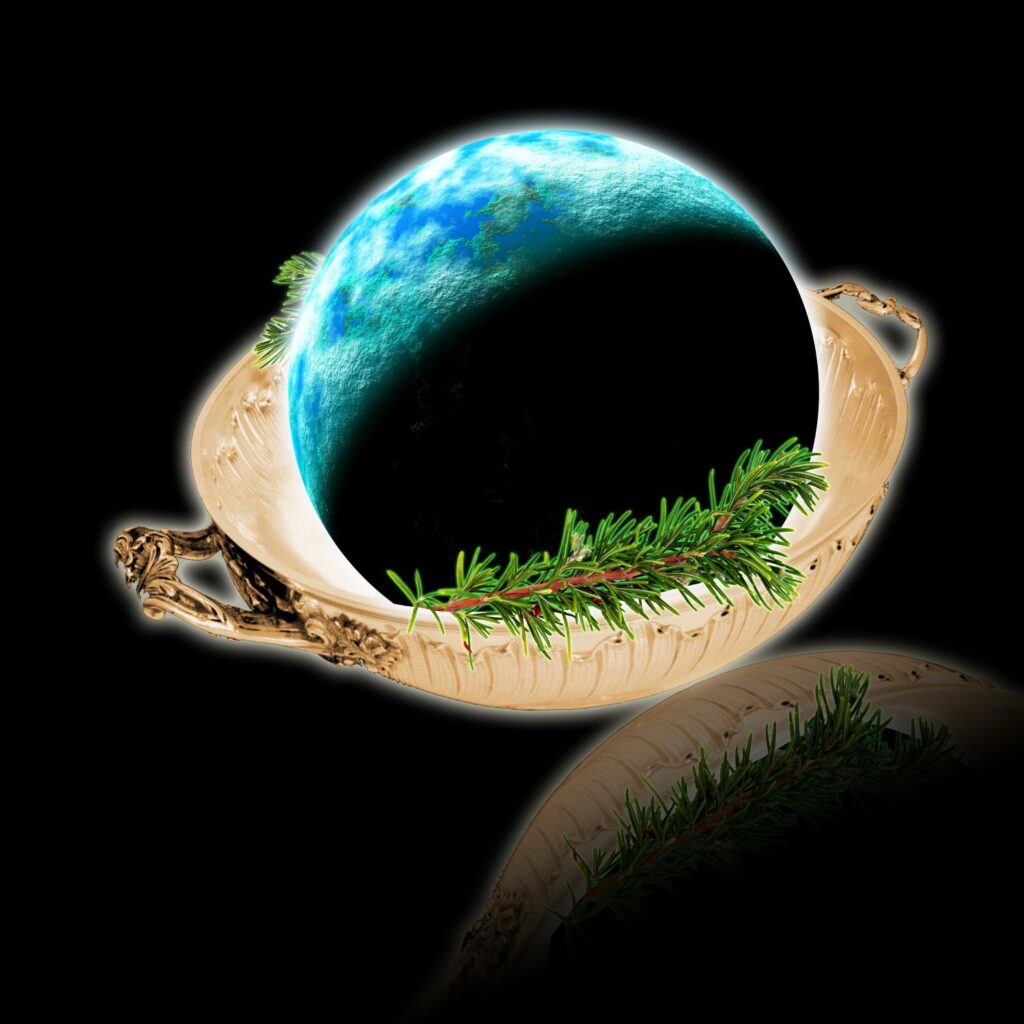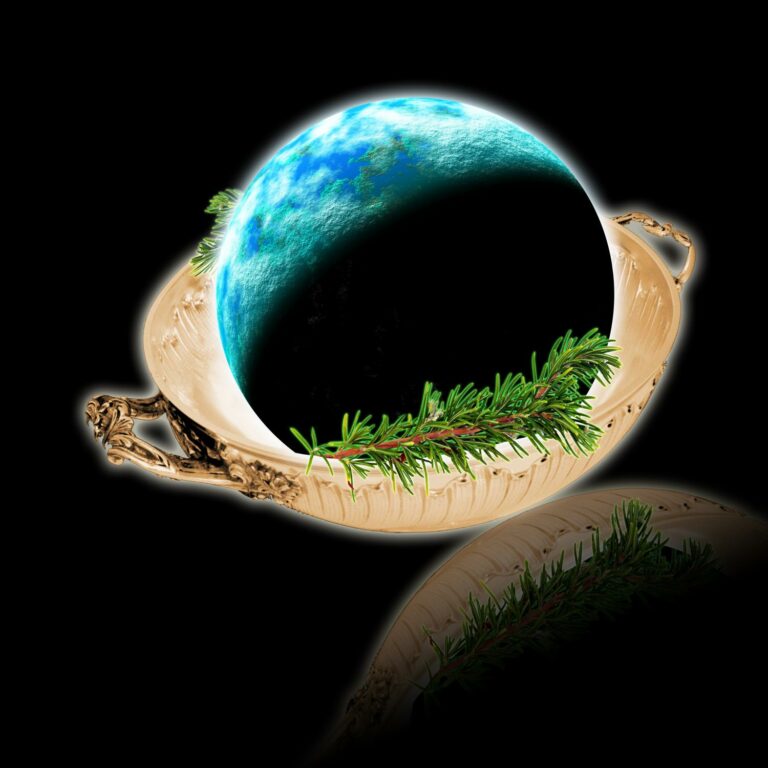Emerging Tool Unveils Formula for Identifying Earth-Like Planets
The process of creating an Earth-like planet has been a subject of interest for scientists. Previously, we had a detailed recipe for Earth’s formation, but it was unclear if this recipe applied to other planetary systems. However, recent findings by astronomers suggest that the same basic ingredients are used in the formation of terrestrial exoplanets orbiting distant stars.Lead author Courtney Dressing from the Harvard-Smithsonian Center for Astrophysics (CfA) states, “Our solar system is not as unique as we once believed. It appears that rocky exoplanets utilize the same fundamental components.”
This research was presented by Dressing during a press conference at a meeting of the American Astronomical Society.

The discovery was made possible through the use of the HARPS-North instrument, located on the 3.6-meter Telescopio Nazionale Galileo in the Canary Islands. HARPS-North, which stands for High-Accuracy Radial velocity Planet Searcher, is specifically designed to accurately measure the masses of small, Earth-sized worlds. These measurements are crucial in determining the densities and compositions of these planets.Harvard astronomer David Charbonneau (CfA), who currently leads the HARPS-North Science Team, explains their strategy, “Our approach with HARPS-North has been to focus on planets that are less than twice the diameter of Earth and thoroughly study a select few.”
Most recently, the team focused on Kepler-93b, a planet 1.5 times the size of Earth, with a tight orbit of 4.7 days around its star. The mass and composition of this planet were previously uncertain. However, HARPS-North accurately determined the mass to be 4.02 times that of Earth, indicating a rocky composition.
The scientists then conducted a comparison of all ten exoplanets that are smaller than 2.7 times the diameter of Earth and have accurately measured masses. They discovered that the five planets with diameters smaller than 1.6 times that of Earth exhibited a strong correlation between their mass and size. Additionally, Venus and Earth aligned on the same trendline, indicating that these planets share similar compositions of rock and iron.
On the other hand, the larger and more massive exoplanets displayed significantly lower densities, indicating a higher proportion of water, volatiles, hydrogen, and/or helium. Furthermore, these planets exhibited a wider range of compositions rather than fitting into a single category like the smaller terrestrial planets.The research team also observed that not all planets with a mass less than six times that of Earth are rocky. Some low-mass planets with extremely low densities, such as those in the Kepler-11 system, are known to exist. However, for close-in small planets, it is highly likely that they possess a composition similar to that of Earth.
“To discover a truly Earth-like planet, our focus should be on planets smaller than 1.6 times the size of Earth, as these are the rocky worlds,” Dressing recommends.
This article is republished from PhysORG under a Creative Commons license. Read the original article.
Do not forget to share your opinion with us to provide you with the best posts !




0 Comments